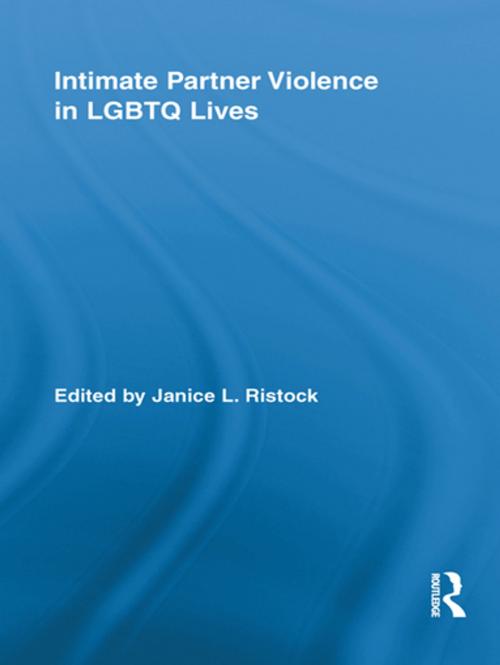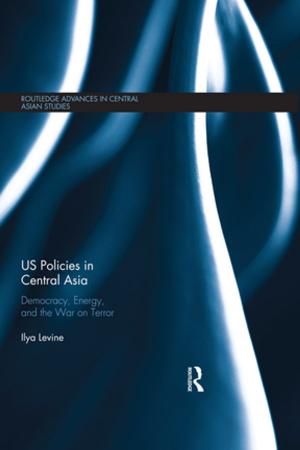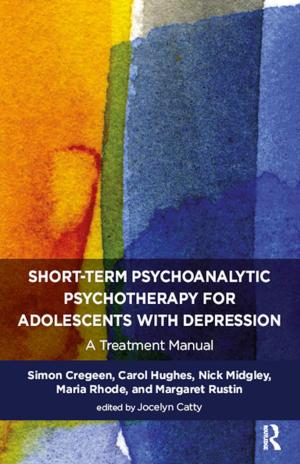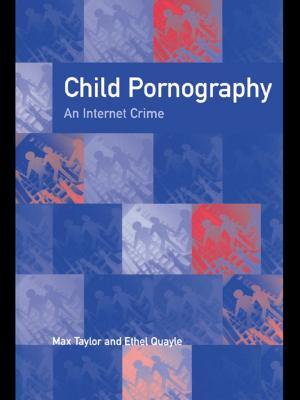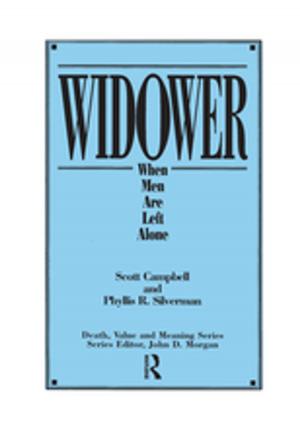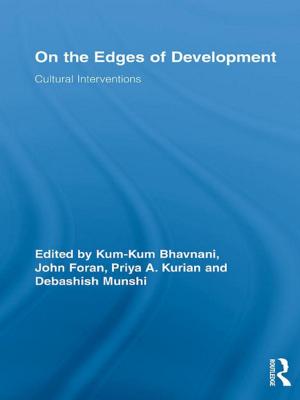Intimate Partner Violence in LGBTQ Lives
Nonfiction, Social & Cultural Studies, Social Science, Gender Studies, Gay Studies, Sociology| Author: | ISBN: | 9781136812071 | |
| Publisher: | Taylor and Francis | Publication: | April 26, 2011 |
| Imprint: | Routledge | Language: | English |
| Author: | |
| ISBN: | 9781136812071 |
| Publisher: | Taylor and Francis |
| Publication: | April 26, 2011 |
| Imprint: | Routledge |
| Language: | English |
Queer lives remain at the margins of most academic inquiry into domestic violence. When same-sex violence is considered, it is most commonly as an "added on," without close attention to the specificity and meaning of violence within the lives of lesbian/ gay/ bisexual/ transgender/Two-Spirit and queer people (LGBTQ). This edited volume seeks to change this discourse by bringing together the most innovative research about intimate partner violence that is specific to the lives of LGBTQ people. Including contributions based on research conducted in the United States, the United Kingdom, Canada and Australia, the volume is framed around central themes: conceptualizing violence; exploring differing spaces and lived experiences of violence; and the ethical challenges of responding to violence. The contributors also consider issues of race, class, gender, sexuality and other social differences, moving beyond a simple gender lens to one involving a framework of intersectionality.
Queer lives remain at the margins of most academic inquiry into domestic violence. When same-sex violence is considered, it is most commonly as an "added on," without close attention to the specificity and meaning of violence within the lives of lesbian/ gay/ bisexual/ transgender/Two-Spirit and queer people (LGBTQ). This edited volume seeks to change this discourse by bringing together the most innovative research about intimate partner violence that is specific to the lives of LGBTQ people. Including contributions based on research conducted in the United States, the United Kingdom, Canada and Australia, the volume is framed around central themes: conceptualizing violence; exploring differing spaces and lived experiences of violence; and the ethical challenges of responding to violence. The contributors also consider issues of race, class, gender, sexuality and other social differences, moving beyond a simple gender lens to one involving a framework of intersectionality.
